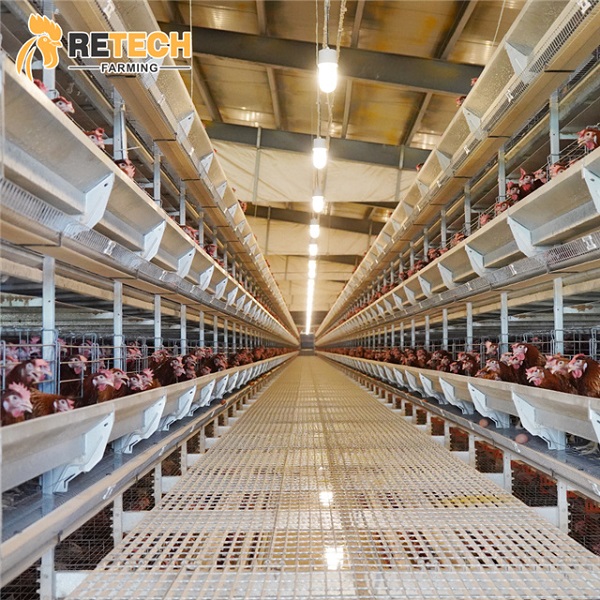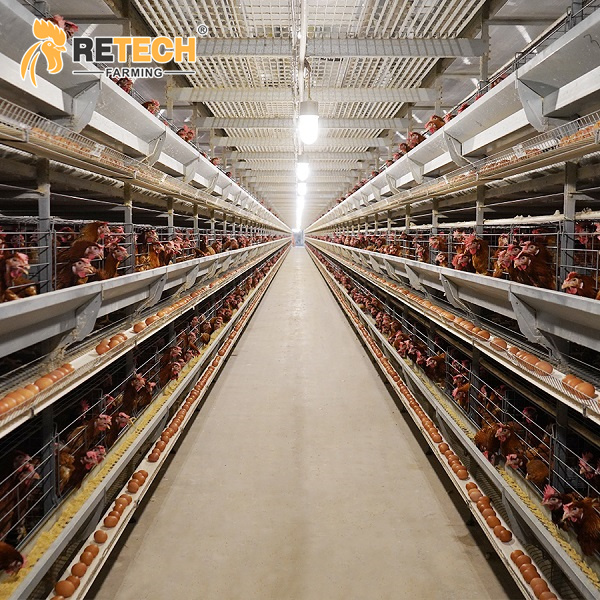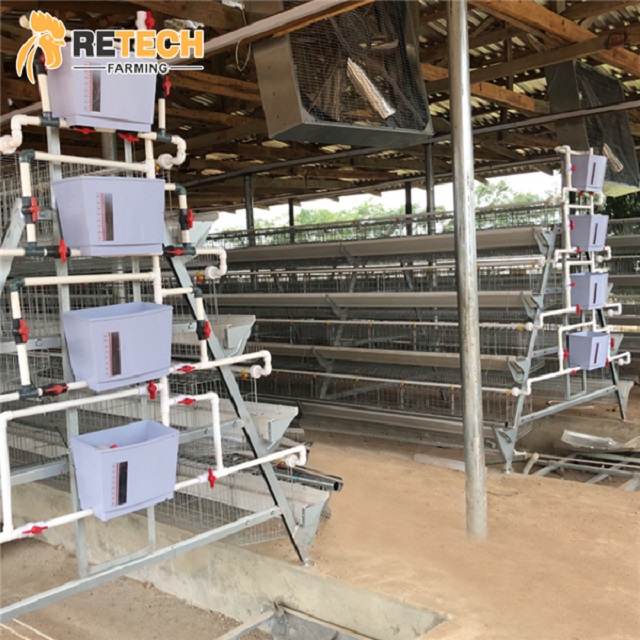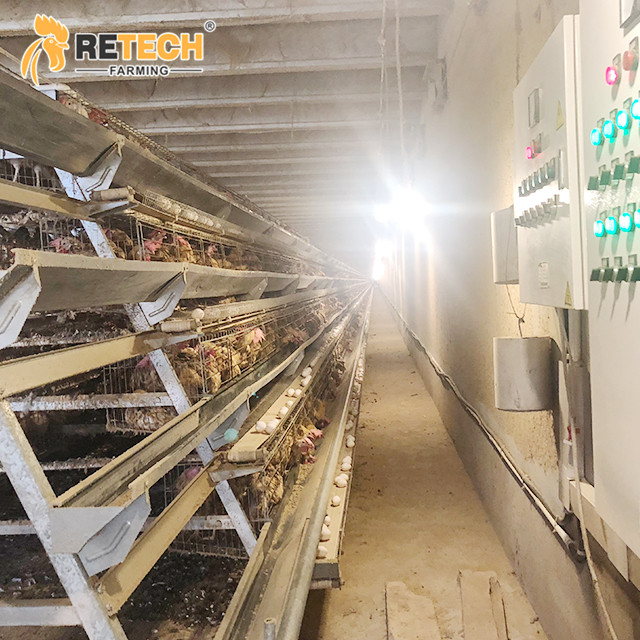In the process of raising chickens, supplementary poultry lighting is very important, because chickens are animals that are very sensitive to light sources, especially in the current large-scale chicken farming. There may be thousands of chickens in a chicken house, so lighting is even more important. At this time, we need to supplement lighting artificially. Especially those laying hens need at least 15 hours of light a day. If we don’t supplement light artificially, it is completely impossible to rely on sunlight alone. We will answer the following 3 questions one by one:
1.When do we need to supplement light in the process of raising laying hens?
2.Will supplementary light increase egg production?
3.How to supplement light?
Lighting management of closed chicken houses.
In closed chicken houses, we need to gradually increase the lighting time on the basis of the rearing period.
Specifically:
1. On the basis of 8 to 9 hours a day during the rearing period, the lighting time can be increased by 1 hour per week. After two consecutive weeks of increase, increase by half an hour per week until the daily lighting time reaches 16 hours. These 16 hours of lighting time need to be maintained until the chickens reach 60 weeks of age.
2. When the chickens are over 60 weeks old, we can extend the lighting time to 17 hours until the chickens are eliminated.
This lighting management principle is based on the principle that light has a stimulating effect on the egg-laying performance of chickens. In actual production, some chicken farmers choose to increase the lighting time by 14 minutes per week, or half an hour every two weeks until the lighting time reaches 16 hours. This allows the chickens to receive more light stimulation, which may lead to better egg production.
Lighting management of open chicken houses.
In open chicken houses, lighting management mainly follows the principle of using natural light plus artificial light supplement. Generally speaking, the lights need to be turned on once in the morning and evening to supplement the light. Similar to closed chicken houses, open chicken houses also need to supplement light during the egg-laying period. The ideal light supplement method is to supplement light in the morning, because this is more in line with the physiological characteristics of chickens and can advance the egg-laying time of chickens every day.
No matter which lighting system is adopted, it needs to be strictly implemented once it is determined, because changes in light time will affect the egg production rate of chickens. For ease of management, we can set the lighting time to 4 am to 8 pm or 9 pm regardless of the season.
Will supplementary lighting increase egg production?
Yes, supplementary lighting for chickens will increase egg production. The specific mechanism is as follows:
1. Stimulate hormone secretion:
Light will stimulate the pituitary gland of the hen to secrete gonadotropin, which can promote the development of the ovaries and oviducts, thereby enhancing the reproductive capacity of the hen and increasing the possibility of egg production. For example, when the daylight hours gradually increase in spring, the egg production of hens usually increases accordingly.
2. Maintain physiological rhythm:
A reasonable lighting system helps hens maintain normal physiological rhythms. The physiological activities of hens such as feeding, digestion, and egg laying have certain circadian rhythms. Appropriate lighting can make these activities more coordinated, improve their absorption and utilization efficiency of nutrients, and provide sufficient nutrition for egg production.
3. Increase feeding time:
Prolonging the lighting time appropriately can give hens more time to feed. When natural light is insufficient, supplementing with artificial light can ensure that the hens take in enough nutrients and meet the energy and material supply required for egg laying, thereby improving egg production rate and egg quality.
Specific operation methods of supplementary light
1.Supplementary light time:
Usually, supplementary light starts from the 19th week of laying hens, and the light time increases from short to long, and it is appropriate to increase by 30 minutes per week, reaching 16 hours a day to maintain stability, and cannot exceed 17 hours.
2.Light intensity:
The appropriate light intensity is 2.7 watts per square meter, and the multi-layer cage chicken house should be appropriately increased to 3.3-3.5 watts per square meter. The light bulbs installed in the chicken house are preferably 40-60 watts, generally 2 meters high and 3 meters apart.
3.Light source color:
The egg production rate under red light is generally about 20% higher, so most chicken houses use red warm color lights.
Contact us now!
Email:director@retechfarming.com
Post time: Feb-13-2025











